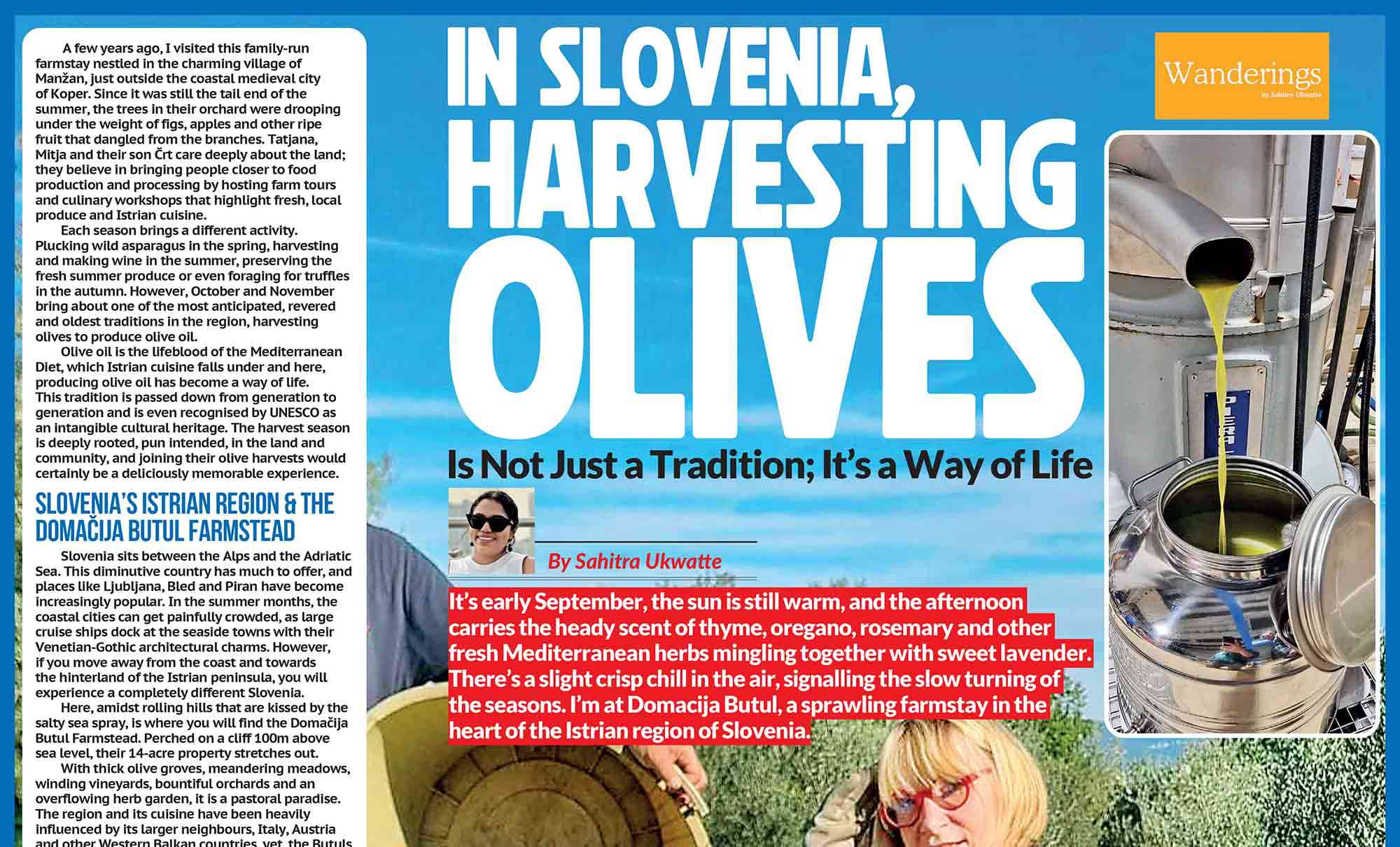 When the European Union officially banned an ingredient used in gel nail polishes this September, beauty fans across the continent feared the worst. Social media was flooded with panic: “No more gel manicures in Europe!” “Goodbye to glossy nails forever!” In truth, the ban is far narrower than the headlines suggest, but its impact on salons, brands, and consumers is still being felt from Lisbon to Helsinki.
When the European Union officially banned an ingredient used in gel nail polishes this September, beauty fans across the continent feared the worst. Social media was flooded with panic: “No more gel manicures in Europe!” “Goodbye to glossy nails forever!” In truth, the ban is far narrower than the headlines suggest, but its impact on salons, brands, and consumers is still being felt from Lisbon to Helsinki.
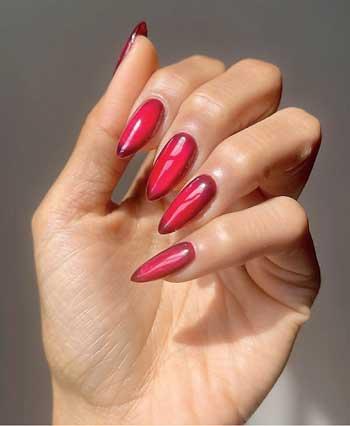 What’s actually been banned
What’s actually been banned
The European Commission’s decision targets a single chemical: trimethylbenzoyl diphenylphosphine oxide, or TPO for short. TPO is a photoinitiator, a substance that reacts to UV or LED light, helping gel nail polishes harden during the curing process. It’s the reason gels achieve that ultra-shiny, long-lasting finish that traditional polish can’t match. From 1 September 2025, products containing TPO can no longer be sold, used, or imported in the European Union or other markets aligned with EU cosmetic law, including Norway, Iceland, and Switzerland. There’s no transition period, meaning that even existing salon stock became illegal overnight. This change comes as part of the EU’s Omnibus VII Regulation, a sweeping update to cosmetic safety standards. The regulation adds more than twenty substances to the prohibited list, including TPO, which was classified as a “Category 1B CMR” chemical, shorthand for “carcinogenic, mutagenic, or toxic to reproduction.” That classification is based on animal studies suggesting potential reproductive and genetic effects at high exposure levels. While there is no clear evidence of risk from the small amounts used in nail products, EU law follows a precautionary principle: if a chemical raises serious safety concerns, it’s banned unless proven completely safe.
Why it matters
Though the ban technically affects one ingredient, it’s a big one. TPO was widely used across many leading gel polish brands because of its efficiency and stability. Its removal means manufacturers have had to reformulate products, salons have had to restock, and consumers are temporarily facing fewer options. The European Commission emphasises that gel nails themselves are not banned, only products containing TPO. Formulas that rely on alternative photoinitiators, of which several exist, remain fully legal. Still, the suddenness of the ban has left parts of the industry scrambling. Many salons discovered only in late summer that the new rule would take effect immediately, giving them little time to replace non-compliant products. National regulators, including Ireland’s Health Products Regulatory Authority and Germany’s Federal Office of Consumer Protection, issued reminders urging professionals to check ingredient lists carefully and dispose of any banned stock.
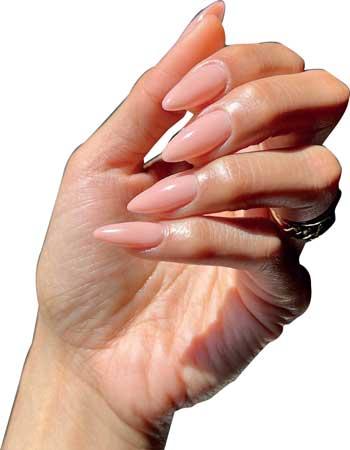 The science behind the decision
The science behind the decision
To many in the beauty world, the TPO ban illustrates the EU’s uniquely cautious stance on chemical regulation. Under its Cosmetics Regulation framework, any ingredient deemed to pose a potential health hazard is swiftly restricted, even if human-specific data is limited. TPO’s classification as a CMR 1B substance stems primarily from laboratory studies on animals, where high doses showed potential reproductive effects. It’s worth noting that this doesn’t necessarily reflect real-world exposure during a manicure, where quantities are minimal and cured under light. However, EU law doesn’t allow room for nuance once a substance is classified at that level.
The logic is simple: if an ingredient could potentially cause harm, however remote that risk might be, it should not be used in products designed for everyday human contact. This is why the European Commission moved decisively, banning TPO alongside 20 other ingredients across the cosmetics category.
Industry adaptation
For manufacturers, the ban represents both a logistical headache and an opportunity for innovation. Reformulating gel polish isn’t as straightforward as swapping one chemical for another. Photoinitiators determine how quickly and evenly gels cure, how long they last, and how resistant they are to chipping. Developers have been experimenting with alternatives such as TPO-L and other phosphorus-free compounds, which can achieve similar results while meeting safety standards. Some brands had already begun transitioning to TPO-free formulas, anticipating the change. But the reformulation process is costly. Each new version must undergo safety testing, EU notification, and stability verification to ensure performance matches consumer expectations. Smaller brands may struggle with these demands, potentially reshaping the competitive landscape of the nail industry.
Salons and the short-term impact
For salons, the TPO ban has created both confusion and expense. Many technicians had to dispose of thousands of euros’ worth of product with little notice. Others faced supply delays as distributors rushed to source compliant alternatives. Because TPO-free gels can behave differently during curing, technicians have had to adjust application methods and curing times. Some newer products are slower to set or produce a slightly different texture, though most professionals expect the learning curve to be short-lived. Several national beauty associations have issued guidance advising technicians to verify compliance through supplier documentation and to avoid purchasing uncertified or imported gels from outside the EU, where rules may differ.
For consumers: less panic, more patience
For everyday consumers, the immediate consequences are relatively mild. Gel manicures remain available across Europe, though some favourite shades or brands might temporarily disappear while companies reformulate. Prices could rise slightly as salons absorb new supply costs. The bigger shift is psychological. The phrase “gel nail ban” spread quickly online, creating confusion about whether gel manicures were safe at all. Regulators have repeatedly clarified that there’s no evidence gel nails themselves pose a risk, the issue is specifically the TPO ingredient, not the UV lamps or gel process in general. In short, clients can continue booking gel appointments with confidence, provided the products used are compliant with EU safety rules.
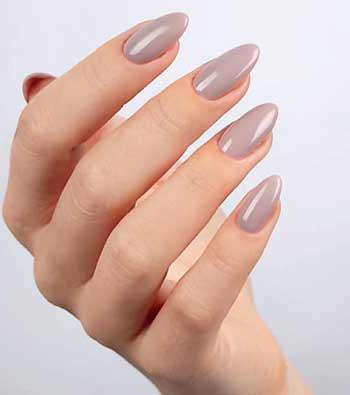 A ripple effect beyond Europe
A ripple effect beyond Europe
The EU’s influence on global beauty standards means this change won’t stay confined to Europe for long. Many international brands align their formulations with EU law to ensure seamless trade across markets. In the United Kingdom, which now regulates cosmetics independently post-Brexit, the Health and Safety Executive is reviewing TPO’s classification. Reports indicate that a similar restriction could take effect in late 2026. Elsewhere, U.S. regulators are watching closely. While the FDA tends to adopt a more reactive stance, banning ingredients only after proven harm, global brands are increasingly standardising “EU-compliant” formulas to avoid maintaining separate product lines.
As a result, consumers in non-EU markets may soon notice packaging updates or ingredient tweaks in their favourite gels, even where no local ban exists.
The bigger picture: a cautious era for cosmetics
The TPO decision fits a wider trend in European policy, a tightening of standards around cosmetic safety and environmental impact. In the past five years, the EU has banned or restricted dozens of substances used in skincare, makeup, and hair dye, from certain preservatives to UV filters. This reflects a growing consumer demand for transparency and cleaner formulations. The modern beauty shopper expects not just performance, but reassurance that what they’re using is scientifically vetted and ethically produced. For brands, that means staying ahead of regulation rather than reacting to it. Many have begun investing in “green chemistry,” sustainable manufacturing, and ingredient traceability to future-proof their products. The TPO episode may serve as a warning: in today’s regulatory climate, even a single molecule can reshape an entire industry overnight. Despite the initial disruption, experts predict the gel nail market will adapt quickly. Alternative curing systems are already emerging, promising faster drying times and improved flexibility without relying on restricted ingredients. Manufacturers are also exploring hybrid formulas that combine the durability of gels with the convenience of traditional polish, reducing the need for strong solvents or UV light altogether.
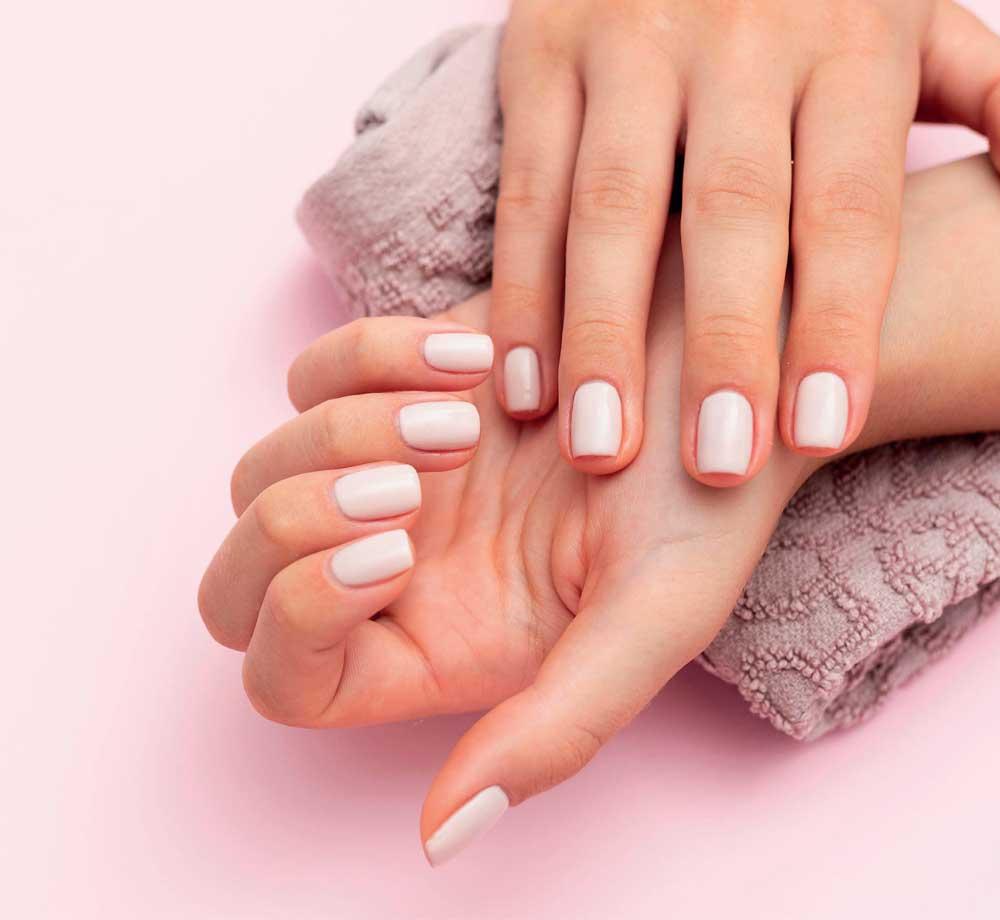
Within a year or two, many consumers may not even notice the difference, except perhaps for a “TPO-free” label appearing discreetly on the side of a bottle. In that sense, the EU’s intervention may end up driving innovation rather than stifling it. Gel manicures aren’t disappearing; they’re simply evolving into their next, cleaner generation.
In Summary
Europe hasn’t banned gel nails; it has banned one chemical widely used to make them. The decision, rooted in the EU’s stringent approach to health and environmental safety, has caused short-term disruption but is likely to accelerate long-term change. Salons are reformulating, brands are innovating, and consumers can continue to enjoy their glossy, chip-resistant manicures, now with a little more peace of mind. The era of the perfect gel manicure isn’t over. It’s just entering a new phase; one defined by safety, science, and smarter chemistry.




